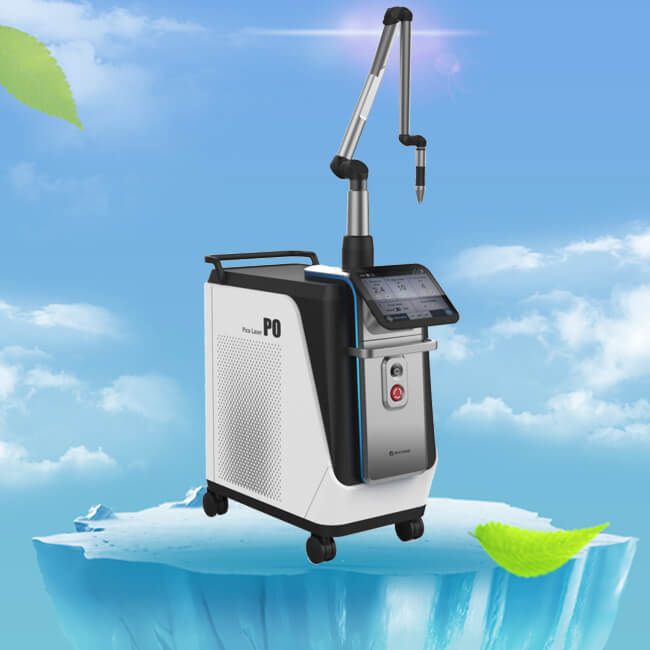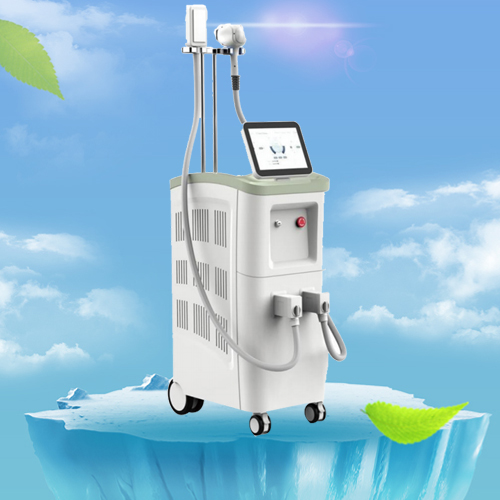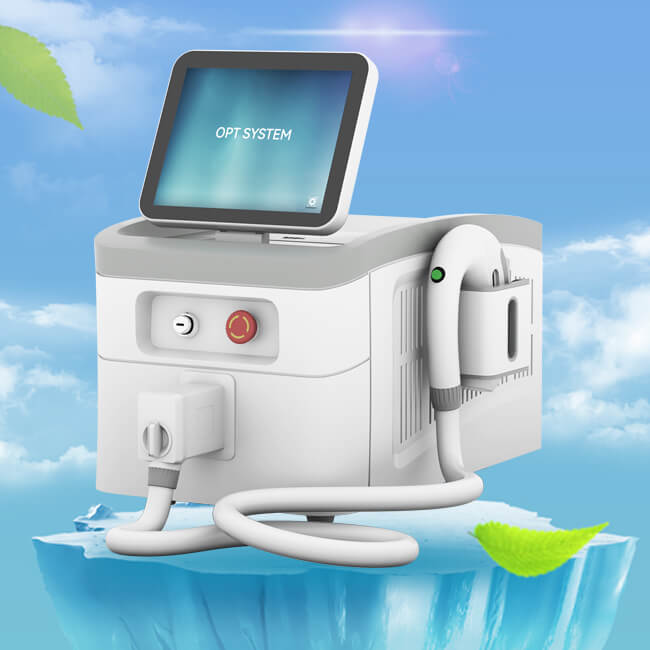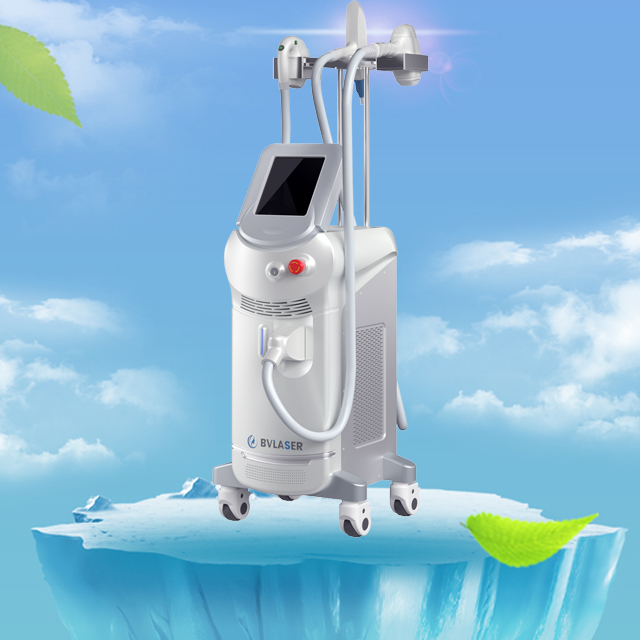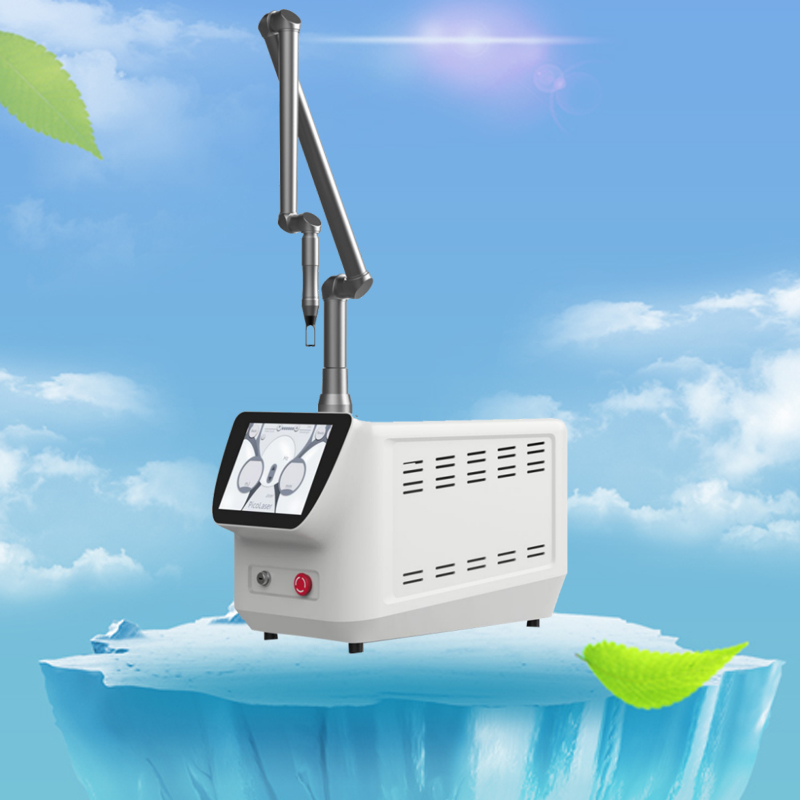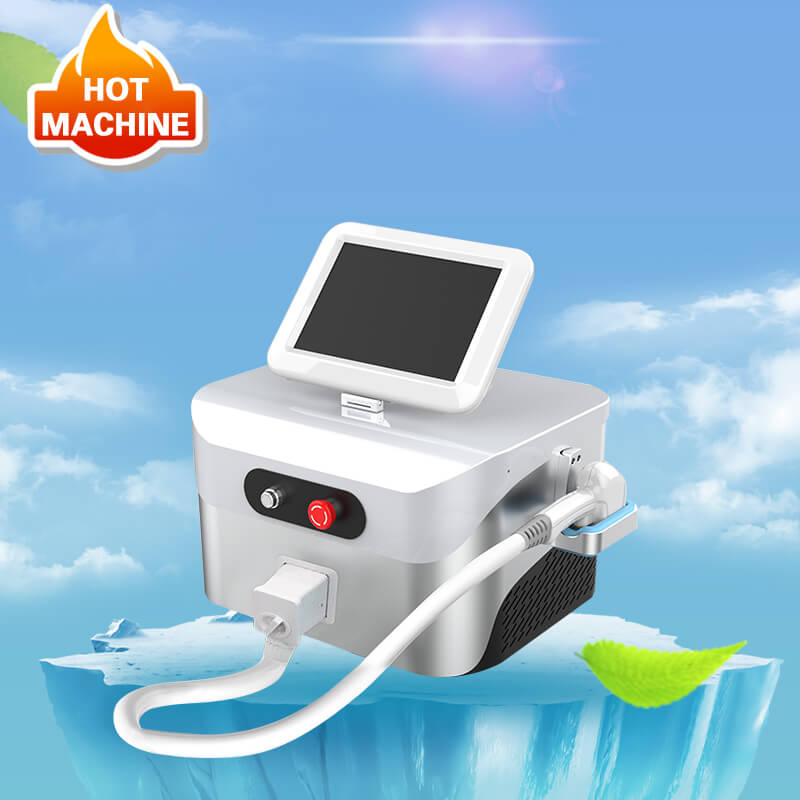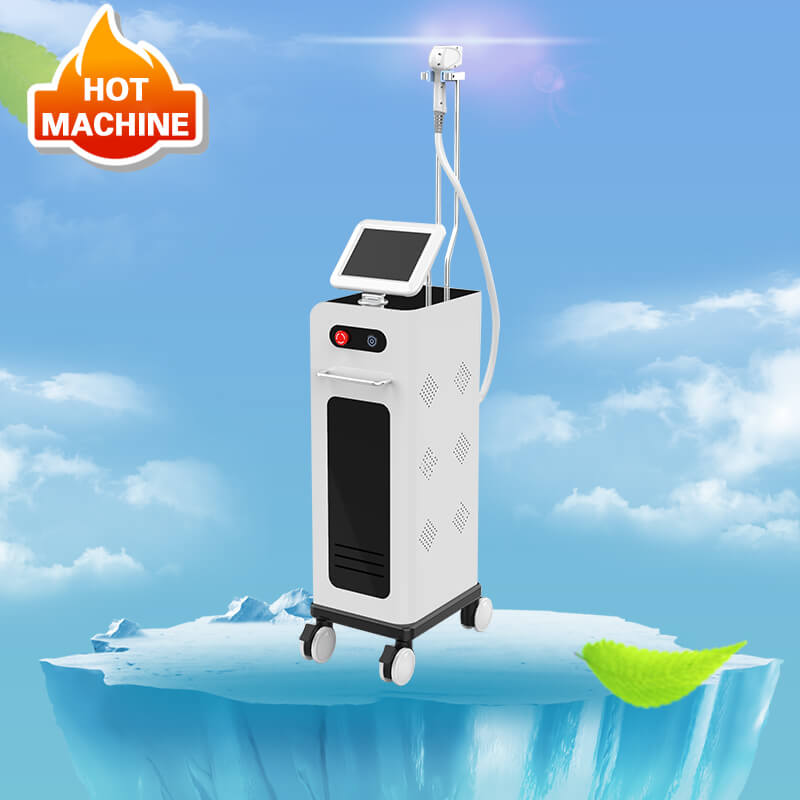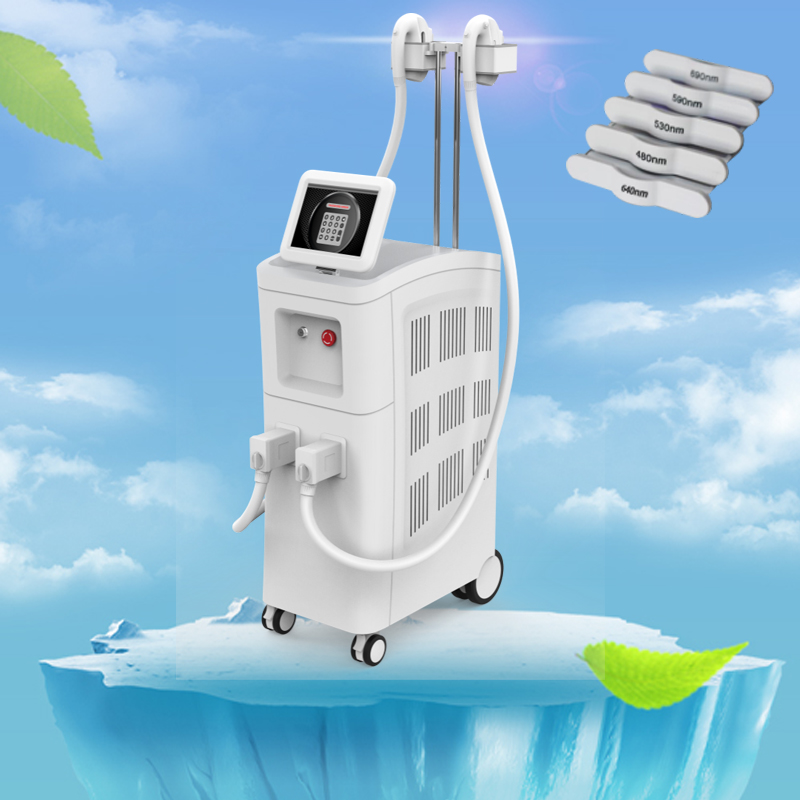Permanent laser hair removal technology
Author:baishilf Time:2022-09-01 13:27:00
In recent years, with the rapid development of laser hair removal technology in medical beauty, laser beauty has become a new fashion in beauty. Some skin lesions that were difficult to cure or had poor curative effects in the past can now receive good curative effects. As one of the laser beauty treatments, permanent laser hair removal technology has gradually been recognized by patients with its wide publicity and application.
Bvlaser is a professional diode laser hair removal machine supplier, we have best hair removal machine for clinic.

With the development of society, more and more new technologies have entered people’s lives, and laser hair removal technology has become increasingly mature as one of the fastest growing technologies in laser beauty in recent years. So what is the principle of the best permanent laser hair removal machine technology?
Overview Laser Hair Removal Device
In 1996, the first laser hair removal device was launched (ruby laser equipment). Currently clinically involved laser equipment includes ruby laser (Ruby, 694nm), alexandrite laser (Alexandrite, 755nm), diode laser (Diode, 810nm), Nd:YAG (1064nm), optoelectronic integrated technology Electro-optical Synergy, ELOS (combined with A combination of IPL and radio frequency electromagnetic waves) and the more commonly used intense pulsed light (IPL, 600-1200nm).

The biology of hair
(1) Hair follicles
The hair follicle consists of three parts. The first part, the infundibulum, is the part between the pores and the opening of the sebaceous glands. The second part, the isthmus, is the part from the opening of the sebaceous glands to the attachment point of the pili muscle. The third segment is the lower segment, the part from the attachment point of the aerator pili to the base of the hair follicle (neurovascular system).
(2) Hair
Hair is divided into three types in terms of morphology. The first is lanugo, which is the fine hair that covers the fetus and fades out during the neonatal period. The second is vellus hair, which is non-pigmented and has a diameter of about 30 μm. The third is terminal hair, which is a common type of hair with a diameter of about 150-300 μm. The three types of hair can be transformed into each other, puberty is from vellus hair to terminal hair, and androgenetic alopecia is from terminal hair to vellus hair. The color of hair is determined by the amount of pigment in the hair shaft. It contains two pigments, one is eumelanin (brown-black pigment) and the other is melanin (red pigment). Melanocytes are located in the upper part of the hair bulb and the outer pulp of the infundibulum. sheath.
There are two types of hirsutism, the first is hirsutism, which is characterized by increased hair on various parts of the body, independent of androgen levels. The second is women’s hirsutism. Compared with women of the same ethnicity and age, women’s characteristic hair growth is excessive, and the distribution exceeds the normal physiological range, showing a masculine tendency, which is related to androgen levels.
Hair growth is generally divided into three cycles. The first is the growth period, which accounts for about 80%-85% of the total hair. It is an active hair growth stage. The stromal cells divide rapidly to form the hair shaft. The high melanin content determines the length of the hair (hair can be as long as 6 years). ), the second is the involution period, which accounts for about 2% of the total hair, when the mitosis of stromal cells stops and the nutrition in the capillaries is significantly reduced, which generally lasts for 3 weeks. The third is the telogen phase, which accounts for about 10%-15% of the total hair. Hair loss in this period generally lasts for 3 months, or even up to a year, which determines the number of hairs. The periodic growth pigment content of hair is different for hair removal effect has a great impact.

The basic principle of Laser Hair Removal
(1) Selective photothermolysis
Selective photothermolysis is to use the selective absorption characteristics of skin lesions to a certain wavelength of light radiation to convert the absorbed light energy into heat energy. In the process of hair removal treatment, the heat generated by the chromophore (mainly melanin) is transmitted to the biochemical cells, which destroy the biochemical cells and thus play a role in permanent hair removal.
1. Color base: mainly melanin. The melanin content distributed in hair follicles and hair shafts is rich, distributed between cells of the hair bulb matrix, and can be transferred to the structure of the hair shaft (such as medulla, cortex, and trichomes), and absorb red or near-infrared light;
2. Target base: hair follicle stem cells. In the outer root sheath of the hair follicle between the hair bulb and the bulge above it, between the opening of the sebaceous gland and the attachment of the hair follicle of the erector pili.
Selective photothermolysis has heat diffusion and requires an appropriate pulse width. Therefore, in the process of hair removal treatment, a pulse width greater than or equal to the thermal relaxation time of the hair follicle is generally selected for treatment. Thermal relaxation time (TRT) is the time required for half of the heat to dissipate, about 10-100ms, and thermal damage time (TDT, TDT≥TRT) is the heat that continues to cause damage to a certain target. time.
The energy density setting in the treatment process is mainly related to the color of the skin. The lighter the skin color, the higher the energy density, and the darker the skin color, the lower the energy density. In the treatment process, choose a large spot as much as possible, so that it can reduce the scattering of light in the dermis, which can reduce the scattering, and have a faster speed and better hair removal effect.
(2) Epidermal cooling
Epidermal cooling protects the epidermis, allowing higher optical parameters to be applied while relieving pain during treatment. The most common epidermal cooling is to cool the skin by applying ice cubes or cold gel to the surface of the skin. Contact cooling is through the sapphire cold head in close contact with the skin, the skin temperature can be reduced from 30 ℃ to 20 ℃. Convective air cooling through the device to give high-speed convection cold air (about 10 ℃) can reduce the temperature of the skin from 30 ℃ to 20 ℃. Dynamic cooling can reduce the temperature of the skin from 30°C to 0°C, and the spray coolant generally chooses tetrafluoroethane.
(3) Opto-mechanical effect
The photomechanical effect is realized by Q-switched Nd: YAG1064nm laser and carbon powder (selective addition), which can heat the chromophore (melanin) extremely quickly, and generate photoacoustic shock waves, thereby destroying melanocytes, but often can not completely destroy the hair follicles, and appear white. Hair loss but not permanent hair reduction.
(4) Photochemical action
Photochemical action is used for patients with lighter hair color. Photodynamic therapy is absorbed by the sebaceous glands of the hair follicles through a photosensitizer (ALA), which generates singlet oxygen and destroys the hair follicles. The use method is 20% ALA (δ-aminolevulinic acid) for 3 hours, and then a single treatment with a 630nm laser can reach 40%. The % hair removal rate is not affected by hair color and growth cycle, but requires long-term observation and large-scale case studies.

Laser Hair Removal Device
1. Ruby laser (694nm): It is characterized by high melanin absorption rate, suitable for patients with fair complexion (Ⅰ-Ⅲ), fine hair or blond hair, and the treatment risk of dark complexion is high. It is the original hair removal laser, which is bulky and has a slow treatment speed;
2. Alexandrite laser (755nm): The more commonly used hair removal laser, the absorption rate of melanin is lower than that of ruby laser, which can provide the best balance of efficacy and safety for patients with dark skin (Ⅰ-Ⅳ). It has a higher repetition frequency and a larger light spot to reduce the fatigue and pain of both doctors and patients;
3. Diode laserhair removal machine(800-810nm): the gold standard for laser hair removal, simple structure, extremely high energy (2900W), equipped with contact cooling and wide pulse width (5-400ms), good hair removal effect Skin color patients (I-V) are safer. Pain during treatment is slightly heavier than the former;
4. Long-pulse laser Nd:YAG (1064nm): The absorption rate of melanin is low. In order to offset this deficiency, the laser energy needs to be increased, and good skin cooling is required. It can safely treat patients with various skin colors (especially type VI skin). It can be used for Treatment of pseudofolliculitis;
5. Intense pulsed light IPL (640-1200nm): millisecond-level pulse width, large spot, single-pulse or multi-pulse mode, various pulse delays, flexible setting of treatment parameters, and can be effectively applied to various skin tones and hair. treat. Compared with laser, the effect of hair removal is similar, but it is easy to cause epidermal damage. Can be combined with 1064nm laser.
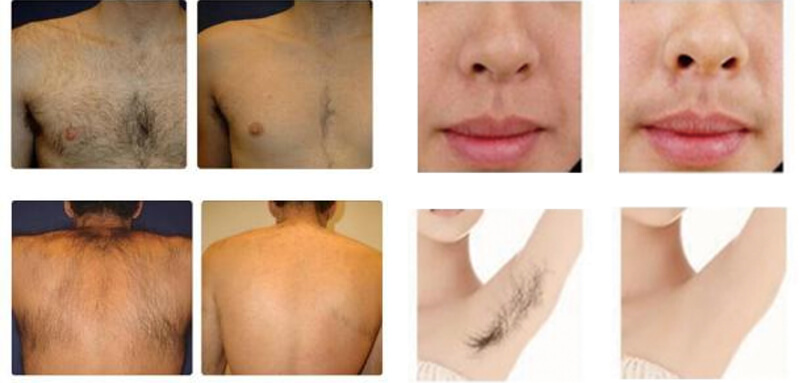
Laser Hair Removal Treatment Effect
1. Temporary hair loss: Delayed hair growth, usually lasting 1-3 months, is related to the length of the resting period;
2. Permanent hair reduction: Steady long-term (greater than one full hair growth cycle) reduction in the number of terminal hairs after treatment, up to 4-12 months depending on the body part. There are also studies that show that the treatment eventually causes the terminal hair to regress into vellus hair, rather than reducing the density of the hair;
3. Permanent hair removal: The hair removal effect depends on the quality and energy density of the hair (skin condition), ideal candidates for clinical hair removal: white skin, dark and dense hair. Generally, each treatment can reduce 30±% hair, so multiple treatments are required. The treatment plan is 3-6 times at intervals of 1-3 months (6 weeks), and most of them can achieve a hair removal rate of 80-89%. Animal experiments show that the effect is related to the growth cycle, and humans do not seem to be affected by this.
Complications Of Laser Hair Removal Treatment
The first common complication is pigment changes, including permanent or temporary hyperpigmentation and hypopigmentation. The main reason is the improper setting of laser parameters, including wavelength, pulse width, and energy density, as well as inadequate cooling of the epidermis and tanned skin of the patient. The second is scarring, which is mainly caused by the high energy density in the laser parameter setting, and the third is the more common folliculitis, which is also a normal reaction.
If you want to know how much does a laser hair removal machine cost, welcome inquiry!





